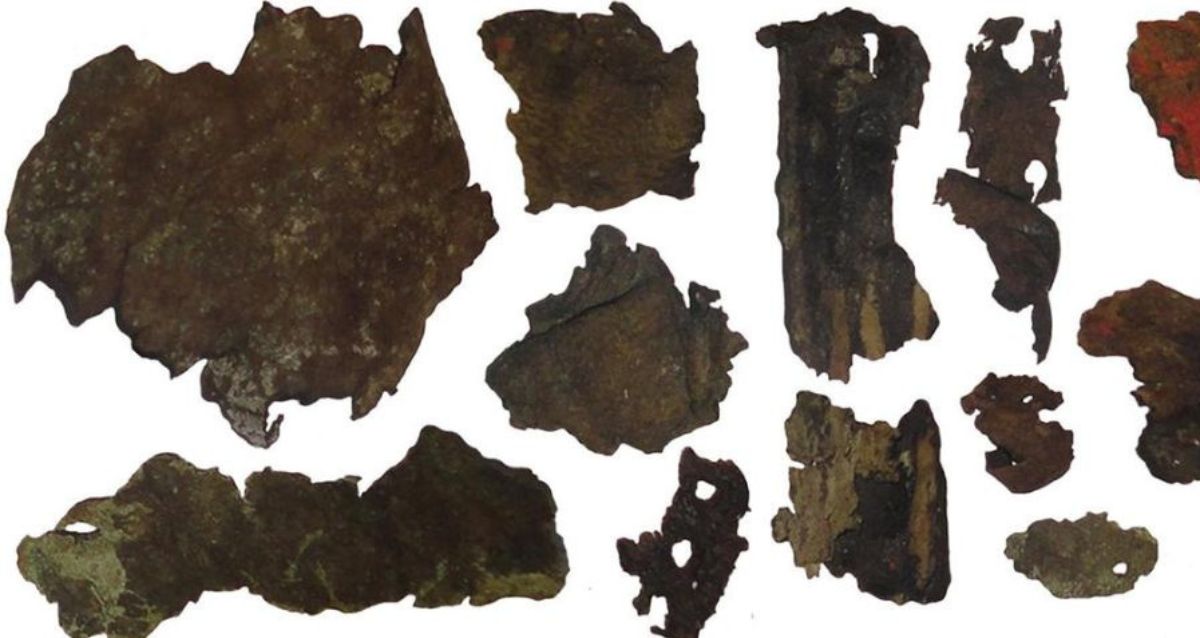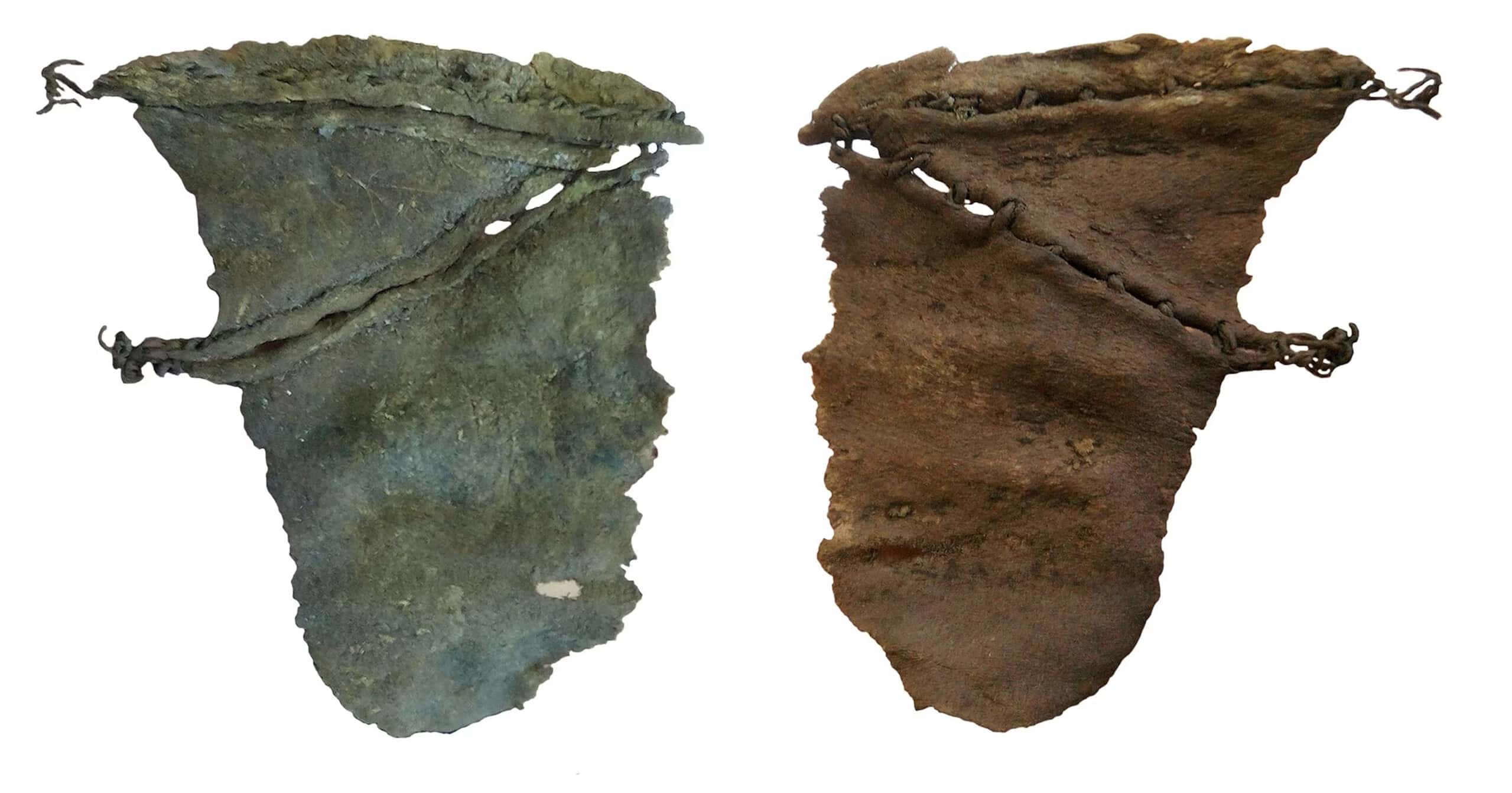The Scythians, an ancient nomadic people renowned for their warrior culture and intricate gold craftsmanship, continue to captivate historians and archaeologists. A recent study has uncovered a grim yet fascinating aspect of their practices: the Scythians used human skin to create leather items, confirming ancient claims and shedding new light on their customs. This discovery provides a chilling glimpse into the complex and often brutal world of these nomadic warriors who dominated the steppes of Europe and Asia.
Unveiling the Scythians’ Use of Human Leather

The Scythians, who thrived from approximately 800 B.C. to A.D. 300, were known for their fierce warrior lifestyle and pastoral economy. These nomadic people roamed the vast steppes of Europe and Asia, leaving behind a legacy that continues to intrigue modern scholars. According to a new study, the Scythians’ leathercraft extended beyond the use of animal hides; they also employed human skin in the production of various items, particularly quivers for holding arrows.
Herodotus’ Account and Modern Confirmation

The ancient Greek historian Herodotus first mentioned the Scythians’ use of human leather in his writings. He detailed how the Scythians would scrape human flesh from the skin using the rib of a steer and then process it to create leather. Herodotus claimed that the Scythians took great pride in displaying these gruesome trophies, often using them as hand towels or even garments. His account, long considered by some to be an exaggeration, has now been substantiated by modern scientific analysis.
Scientific Analysis of Scythian Artifacts

Researchers conducted a thorough examination of 45 leather samples from 18 Scythian burial sites across southern Ukraine. The samples, some of which were taken from ancient quivers, were analyzed using peptide mass fingerprinting—a technique that identifies specific proteins to determine the animal origin of the leather. Astonishingly, two of these samples were identified as human skin, confirming Herodotus’ account and providing tangible evidence of this macabre practice.
The Role of Quivers in Scythian Warrior Identity
Quivers were more than just practical containers for arrows; they were symbols of a Scythian warrior’s identity. The fact that these items were crafted from human skin suggests a deep connection between the warrior’s prowess and the materials used in their tools of war. As these quivers were often buried with their owners, it is likely that they held significant ritualistic or symbolic importance, further emphasizing the Scythians’ warrior culture.
Theories Behind the Use of Human Leather

The motivation behind the Scythians’ use of human leather remains a topic of speculation. Barry Cunliffe, a professor emeritus of European archaeology at the University of Oxford, suggests that the practice might have been rooted in a belief that possessing the skin of one’s enemy could confer power over them. This notion aligns with Herodotus’ description of the Scythians decorating their horses with the heads of their enemies, possibly as a display of valor and a means of invoking the strength of their defeated foes.
A Grim Legacy: Human Leather in History
The Scythians were not alone in their use of human leather. Throughout history, the practice has surfaced in various cultures, often as a means of demonstrating power or creating symbolic artifacts. Even in more recent times, human leather has been used, as evidenced by a 1917 edition of the book “Diseases of the Skin,” which was bound in human skin. The unsettling nature of these practices highlights the lengths to which humans have gone to exert dominance or create objects of significance.
Conclusion
The recent discovery that the Scythians used human skin to create leather items such as quivers adds a dark yet fascinating chapter to our understanding of this ancient culture. By confirming Herodotus’ centuries-old accounts, modern science has provided new insights into the Scythians’ complex and often brutal way of life. As we continue to uncover the secrets of these nomadic warriors, we gain a deeper appreciation for the intricate and sometimes unsettling customs that shaped their world.
